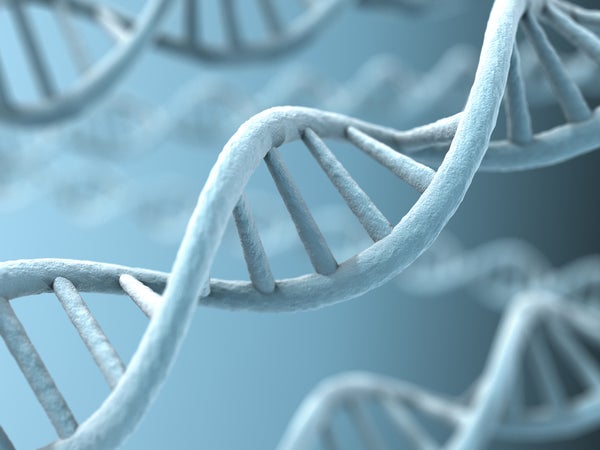It was a birth announcement like no other.
In a promotional video on Sunday, Chinese researcher He Jiankui revealed new details about the two babies he claims to have genetically modified as embryos using the gene-editing technology known as CRISPR.
In the video, He said that the twin girls—named Lulu and Nana—were born a few weeks ago after a normal pregnancy. They are now at home with their mother, a woman named Grace, and their father, Mark, a man who is HIV-positive and did not want to pass his infection to his offspring, He said.
On supporting science journalism
If you're enjoying this article, consider supporting our award-winning journalism by subscribing. By purchasing a subscription you are helping to ensure the future of impactful stories about the discoveries and ideas shaping our world today.
He , however, that the parents did not want to be identified or interviewed. He, who studied in the U.S. before starting a lab at Southern University of Science and Technology of China in Shenzhen, would not tell the AP where the parents live or where the gene editing was performed.
If true, the birth of gene-edited babies would be a landmark—and a deeply controversial step for science and society.
He’s promotional video, filmed in a laboratory setting, was heavy on emotion and short on evidence. At one point in the video, He said that Mark never thought he could be a father, and has now found “a reason to live, a reason to work, a purpose” in the birth of his daughters. (In fact, relatively simple ways exist to keep HIV-positive parents from infecting their children that do not involve altering DNA.)
He said the babies had their genomes sequenced after birth, which confirmed that the gene editing had worked safely and had been isolated to disabling the gene CCR5—which allows HIV to enter a cell. “The girls are safe and healthy as any other babies,” He said in the video, though he provided no evidence to back up those claims.
But there’s reason to think that the reality is more complicated than the rosy picture painted by He’s video.
In the interview with the Associated Press, He said one of the girls had both copies of CCR5 altered, while the other had only one copy altered. It’s still possible for people with only one copy of CCR5 to get HIV, though preliminary research indicates that they may stay healthier for longer if they do get it.
Moreover, several scientists who reviewed documentation that He provided to the Associated Press said it appears that the editing was not complete and that there’s not yet enough evidence to tell whether the editing worked as intended or was safe.
The existence of He’s clinical trial in which the editing took place was by MIT Technology Review’s Antonio Regalado on Sunday evening. A few hours later, the Associated Press was that the first genetically modified babies had been born.
The news comes on the eve of an international conference on gene editing in Hong Kong.
Republished with permission from . This article on November 26 2018
